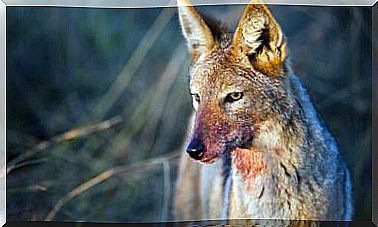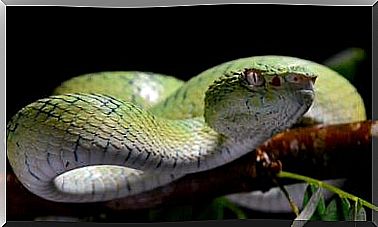What Is The Difference Between Endemic And Native Species?
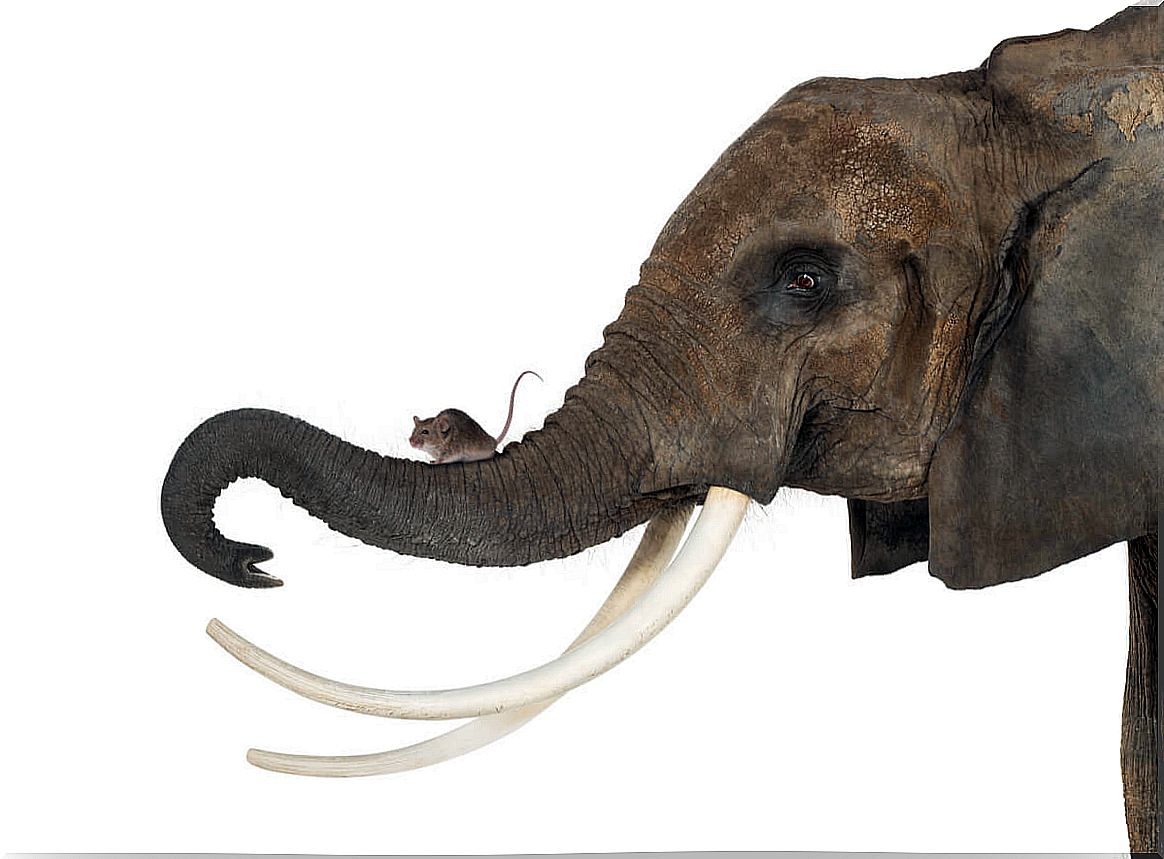
In a globalized world, where many animals leave their habitat for reasons beyond their control, it is common to see conservation campaigns using the terms ‘endemic’ and ‘native’ species. There are certain important differences between the two concepts that must be known, in order not to incur serious biological errors.
This knowledge is useful to delve into the world of species categorization. In this way, the much-needed registration of the animals and plants that support the balance of the biomes is carried out. To protect nature, we must first know what to preserve.
What is the difference between endemic and native species?
Whether applied to plants or animals, endemic and native are denominations with points in common, but also with a substantial difference. Therefore, the first thing is to define each of these terms. Go for it:
- Native, indigenous or autochthonous species : it is one that can be found in its geographical place of origin – present or past – without the human having intervened in its introduction into the ecosystem at any time in its history. It can be found naturally in other parts of the world.
- Endemic species: endemic fauna and flora are those species that only live in a certain place, that is, whose radius of distribution is limited to an area, region or continent.
A native species can also be endemic if it is limited to its original geographic area. On the contrary, if natural factors led it to spread to other territories, the species would continue to be native, but not endemic. The key is in the geographic space that it occupies.
Some native species of flowers spread through different territories of the United States thanks to the help of bees. In other words, certain living things can change the distribution of others, either directly or indirectly.
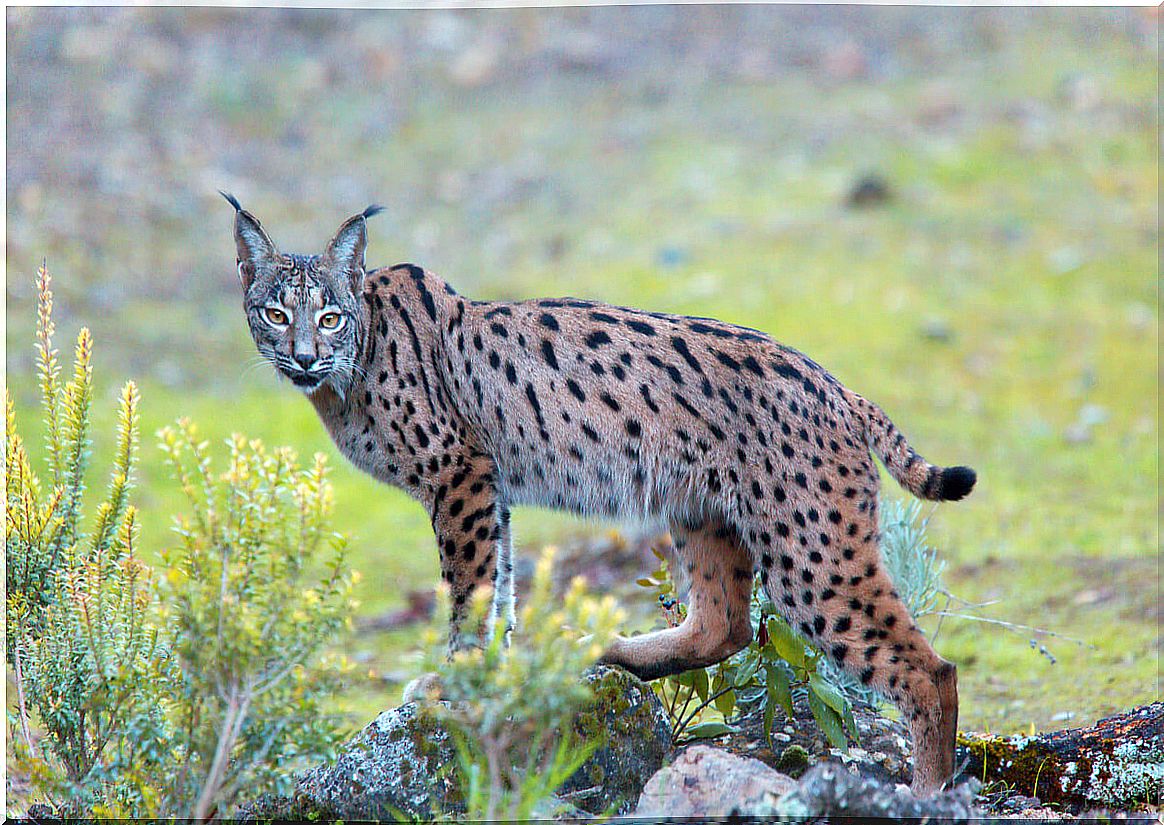
The problem of invasive species
There is a third category in terms of the distribution of species: invasives. These are still animals and plants that leave their original area and adapt to a different area, but in this case, it is human action that causes the change.
What is the problem with this? Normally, for a species to expand from its place of origin involves a slow process that allows the balance of the biome to adjust and adapt to changes by those animals or plants. However, the abrupt introduction of new species in a geographic area often brings problems.
On the one hand, the introduced species may not withstand the conditions of that new place – inappropriate food sources, adverse climatic conditions – and disappear. It can also adapt and thrive in it, but then it will be the new ecosystem that suffers the consequences.
For example, the introduction of the Argentine parrot ( Myiopsitta monachus ) in Spain has caused problems for native species, such as the house sparrow ( Passer domesticus ), since it consumes a large part of its food resources and occupies its territory. An invasive species can kill an endemic one by direct predation or by overlapping niches (competition).
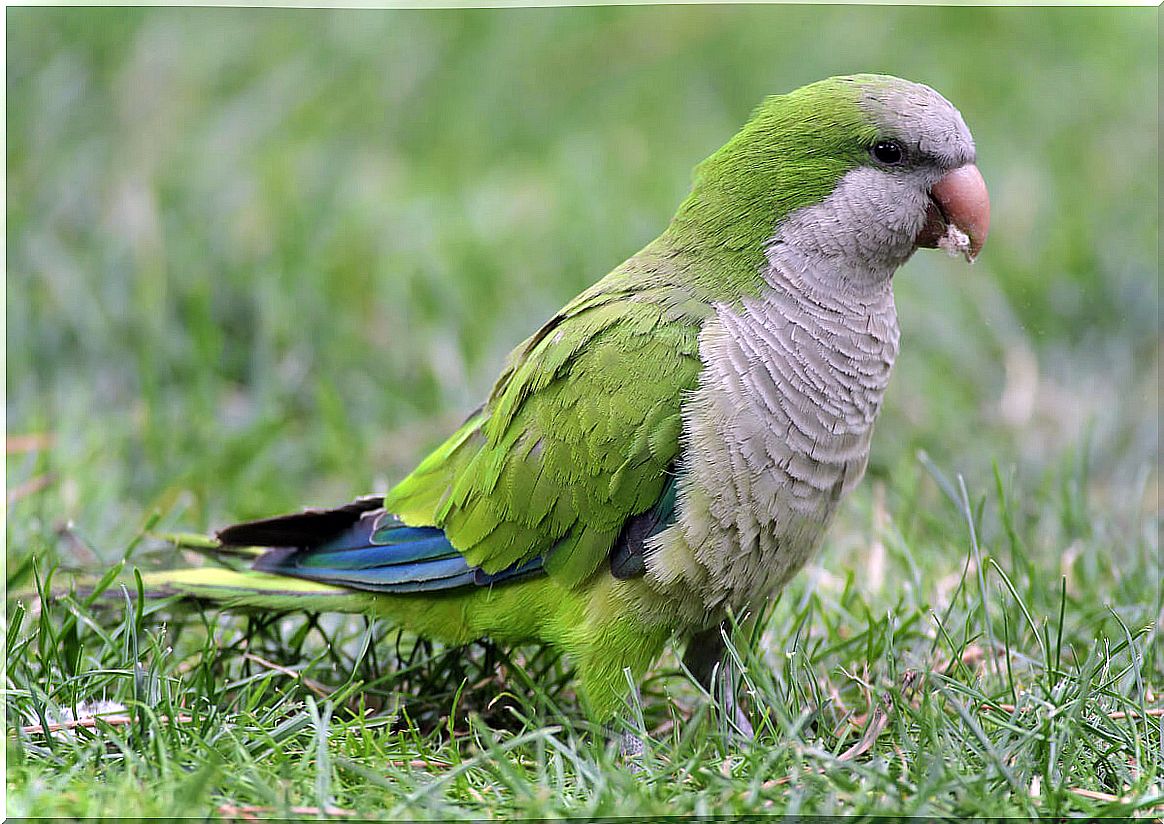
Endemism in danger
An endemic species does not expand to other areas, due to its high specialization in the ecosystem it inhabits. For this reason, its extinction means losing a part of the planet’s biodiversity forever. This, added to the fact that endemic taxa are made up of populations with a low number of individuals, often makes conservation work difficult.
Most conservation studies point to a key point with reference to this issue. The importance of endemism lies in the need to know and protect the biological attributes and evolutionary history that endemic taxa and their biogeographic patterns represent.
For this reason, when man introduces new species to a place —or removes them from their habitat—, he endangers 2 ecosystems: the one that is left without the species and the one that receives it. Just look at the case of the Mexican axolotl ( Ambystoma mexicanum ), which becomes extinct in the Xochimilco wetlands, while populating the homes of thousands of fans of exotic pets.
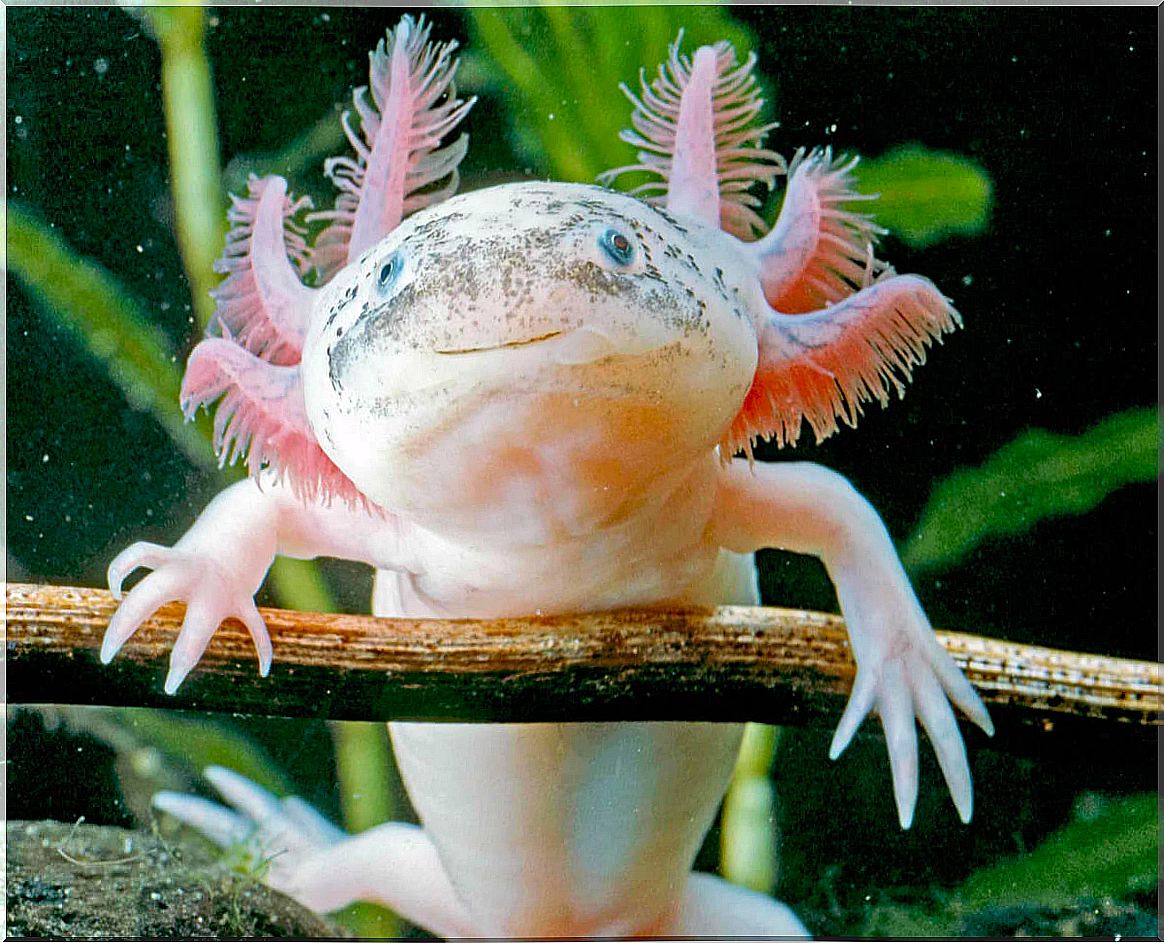
The problem of invasive species is becoming more pressing every day. In fact, the illegal trafficking of species ranks fourth on the black market, moving almost as much money as its predecessors: weapons and drugs. It is up to all of us – institutions and individuals – to end crimes against the planet.

